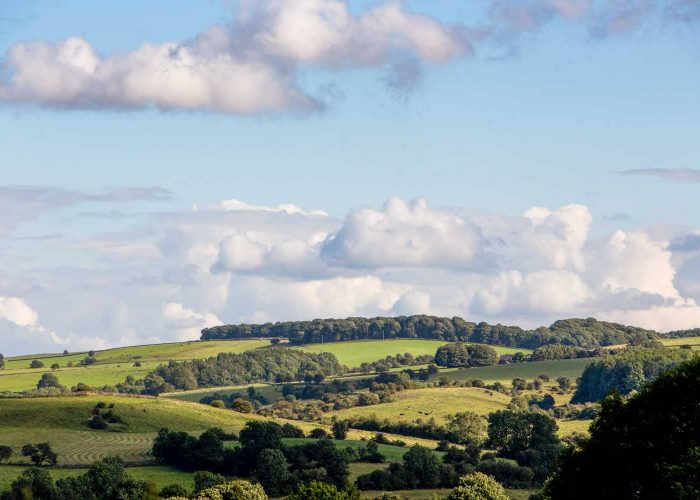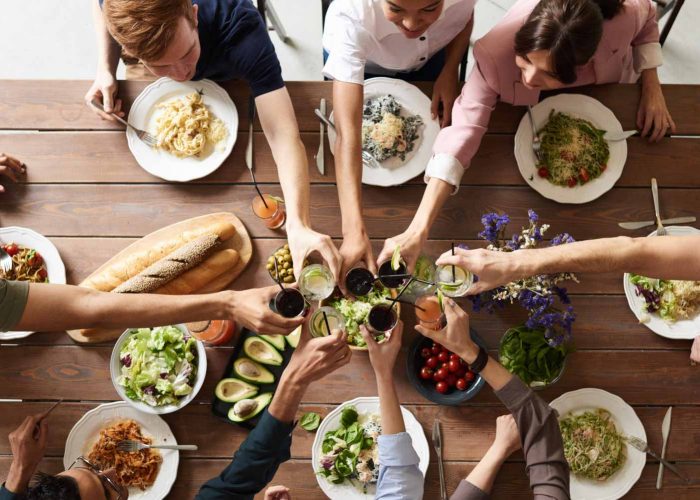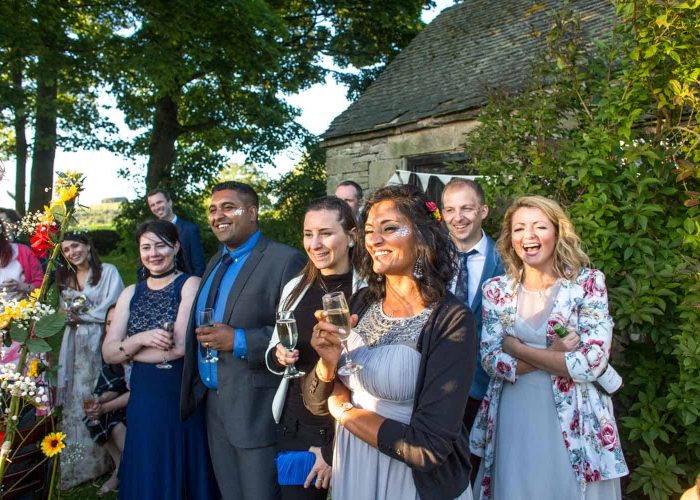Our Story
Read about the history of Hamps Hall and Barn revealing our story.
Hamps Hall was originally known as Field House and we believe was built sometime late in the 17th century. There are certainly records of it in 1733. By this time many of the fields nearby had been enclosed. The first record of Field House being sold was in 1736. In those days there was a lovely custom that the buyer and seller met on the land to be sold and the seller cut a clod of grass and handed it to the buyer in front of their friends as witnesses. So they achieved ‘quiet and reasonable possession’.
The property was sold on several times and over the years the acreage attached to the house grew larger as farmers bought additional parcels of land. These included Lumber Low, the beautiful little hill above Hamps Hall which is the view from the Hall living room French doors. At Lumber Low stone flints and spearheads were found in an ancient burial ground (complete with skeleton)!
Historically, Waterfall has always relied on agriculture for the main jobs and income. Hamps Hall is no exception. At its height as a farm, it had 80 acres attached. However, records show that various employment was also carried on by its inhabitants. These included a vicar and a horse dealer.
Over the years many characters have lived here. One of them also kept the lovely local pub – The Red Lion at Waterfall, where Party Houses guests still receive a very warm welcome, just a short walk from Hamps Hall & Barn. When Joseph was the landlord, it was during the time that the Manifold Light Railway was being built and he often had to maintain order with the Irish builders who were building the railway track at the bottom of the valley.
There is also evidence of a lime kiln on the land here. Burning lime was very important and the resulting lime products were used for building and for spreading on fields to help maintain their productivity.
Sadly much of the original Field House burned down in 1900 and had to be rebuilt.
In 2006 we bought it from Mr and Mrs Carr whose family home it had been for many decades. We knocked down some extremely large farm buildings and sheds – leaving the original beautiful stone buildings. The stone cattle sheds were converted to Hamps Barn and the house was given a complete renovation to make it the lovely Hamps Hall that exists today.




